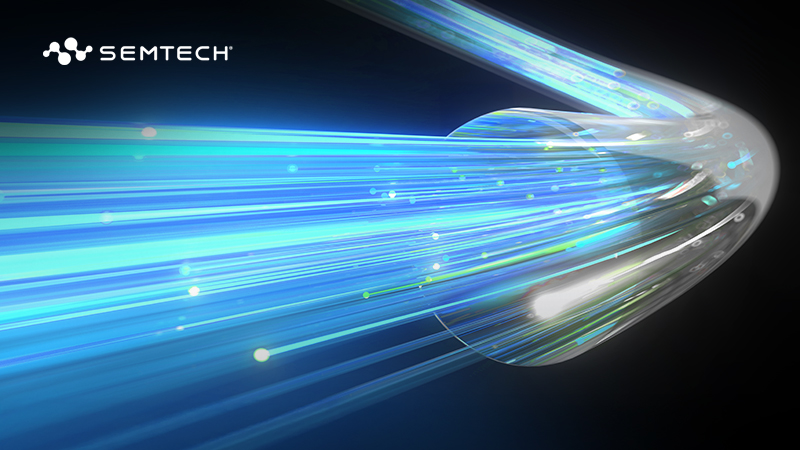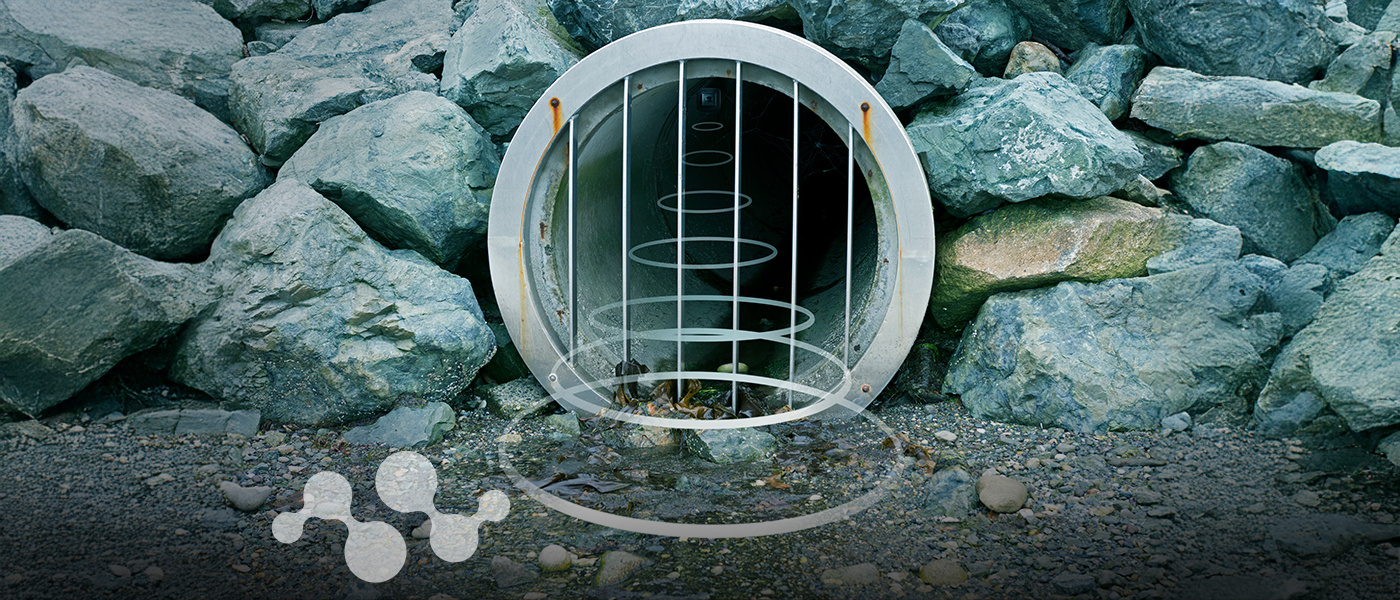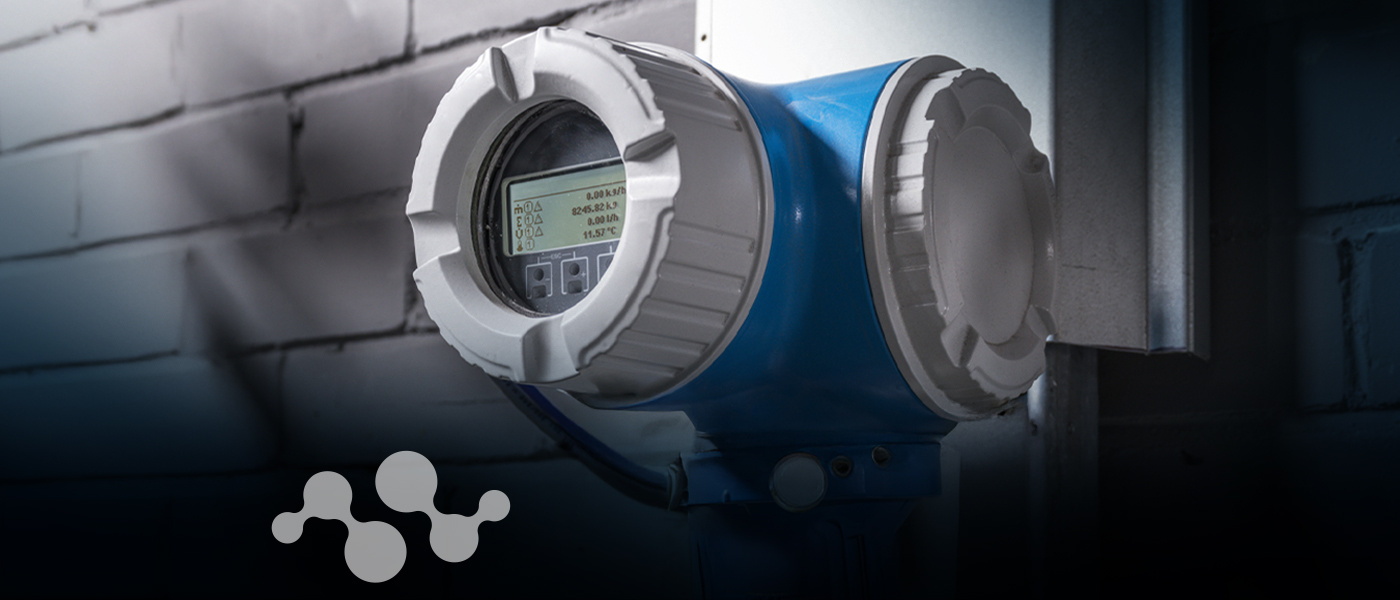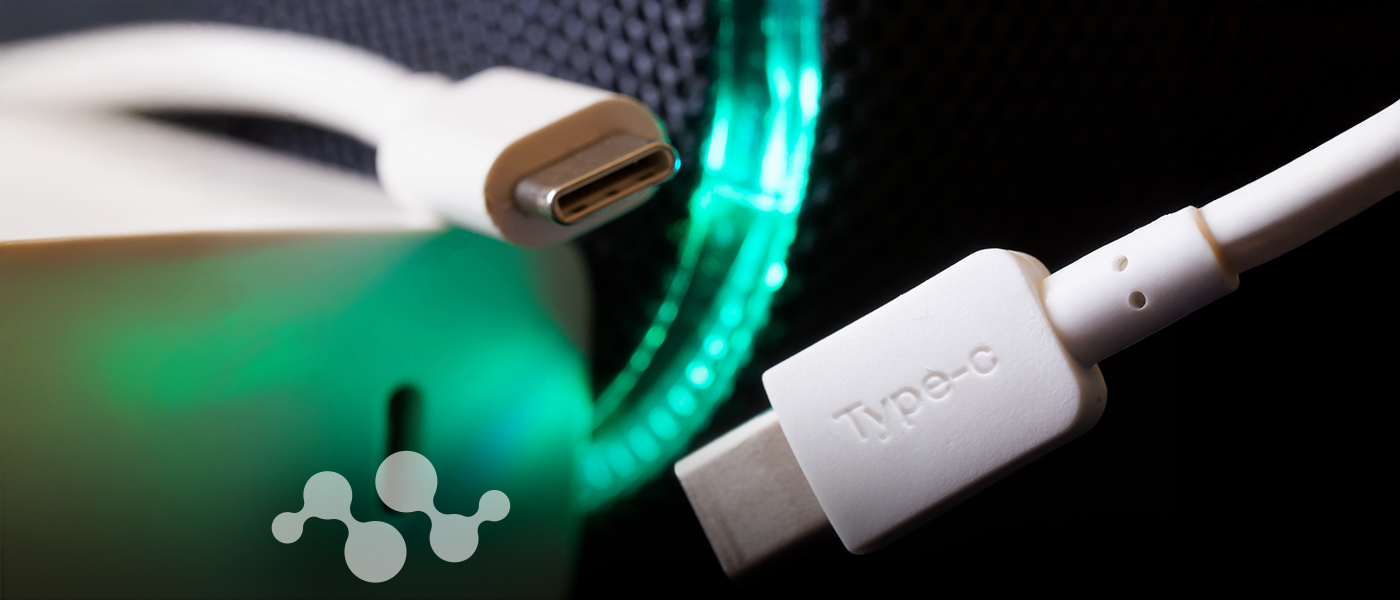Overview
The GS12150 is a low-power, multi-rate reclocker that features both an integrated trace equalizer and trace driver, supporting rates up to 12G UHD-SDI, inclusive of 10GbE. It is designed to receive 100Ω differential input signals, automatically recover the embedded clock from the digital video signal and re-time the incoming data. Each of the 100Ω trace inputs supports up to 17dB of insertion loss.
The integrated eye monitor provides non-disruptive mission mode analysis of the post equalized input signal. The 256x128 resolution scan matrix allows accurate signal analysis to speed up prototyping and enable field analysis. Built in macros enable customizable cross section analysis and quick horizontal and vertical eye opening measurements.
With high phase consistency between scans and configurable space and time thresholds, algorithms can be deployed in the field to analyze long term signal quality variation (Bathtub Plot) to reduce costly system installation debug time for intermittent errors. The two independently controlled trace drivers have highly configurable pre-emphasis and swing controls to compensate for long trace and connector losses. The pre-emphasis pulse width and amplitude can be optimized to compensate for perturbations to frequency response of transmission lines due to vias, connectors and stubs.
Order Codes
- GS12150-INE3: Lead-Free, RoHS Compliant, Tray-490 Pieces
- GS12150-INTE3: Lead-Free, RoHS Compliant, Tape and Reel-250 Pieces
- GS12150-INTE3Z: Lead-Free, RoHS Compliant, Tape and Reel-2500 Pieces
PB Free/ROHS
Learn More →Features
- Dual input/output reclocker with 2:1 input selector and on-chip termination
- SMPTE ST 2082-1, ST 2081-1, ST 424, ST 292-1 and ST 259 compliant input/output
- Multi-standard operation from 1Mb/s to 11.88Gb/s
- In addition to standard SMPTE rates, the device also supports re-timing of DVB-ASI at 270Mb/s, and MADI at 125Mb/s and 10GbE
- 3D Input Signal Eye Monitor
- PRBS generator and checker
- Trace driver features
- Integrated 100Ω, differential output termination
- Extends output DC-coupling support with 1.2V to 2.5V output supply range
- Trace driver data output pre-emphasis to compensate for up to 20” FR4 at 11.88Gb/s
- Manual or automatic re-timer bypass
- Manual or automatic mute or disable on LOS
- Trace equalizer features
- Integrated 100Ω, differential input termination
- Automatic power down on loss of signal
- Trace equalization to compensate for up to 20” FR4 at 11.88Gb/s
- Automatic input offset compensation
- CDR features
- Manual or automatic rate modes
- Wide Loop bandwidth control
- Re-timing at the following data rates: 125Mb/s, 270Mb/s, 1.485Gb/s, 2.97Gb/s, 5.94Gb/s, 11.88Gb/s, and 10.3125 Gb/s. This includes the f/1.001 rates.
Additional Features
- Single 1.8V power supply for analog and digital core
- 1.2V, 1.8V or 2.5V for trace driver output supply
- GSPI serial control and monitoring interface
- Four configurable GPIO pins for control or status monitoring
- Wide operating temperature range: -40ºC to +85ºC
- Small 6mm x 4mm 40-pin QFN
- Pb-free/Halogen-free/RoHS and WEEE compliant package
| Documents | Release Date | Type | |
|---|---|---|---|
| GS12150 Datasheet | 2019-07-03 | ||
| GS12150 Initialisation Loading Procedure | 2020-06-06 | ||
| Recommended Semtech Video Product Evaluation and Reference Design Boards | 2023-04-03 | ||
| Recommended Semtech Video Product Evaluation and Reference Design Boards | 2024-09-21 | ||
| Recommended Semtech Video Product Evaluation and Reference Design Boards | 2025-02-25 | ||
| GS12150 Reliability Qualification Report | 2019-12-17 | ||
| EBK-GS12150 Evaluation Board Kit User Guide | 2019-12-17 | ||
| GS12XXX Configuration File Release Notes | 2021-10-28 | TXT | |
| Documents | Release Date | Type | |
|---|---|---|---|
| EBK-GS12150 Evaluation Board Kit Software | 2020-05-12 | ZIP | |
| GS12XXX Configuration File | 2019-05-21 | TXT | |
Applications
Next Generation 12G UHD-SDI infrastructures designed to support UHDTV1, UHDTV2, 4K D-Cinema and 3D HFR and HDR production image formats.
Typical applications: Cameras, Switchers, Distribution Amplifiers and Routers.
Inventory
| Product | Country | Distributor | Qty | Buy |
|---|
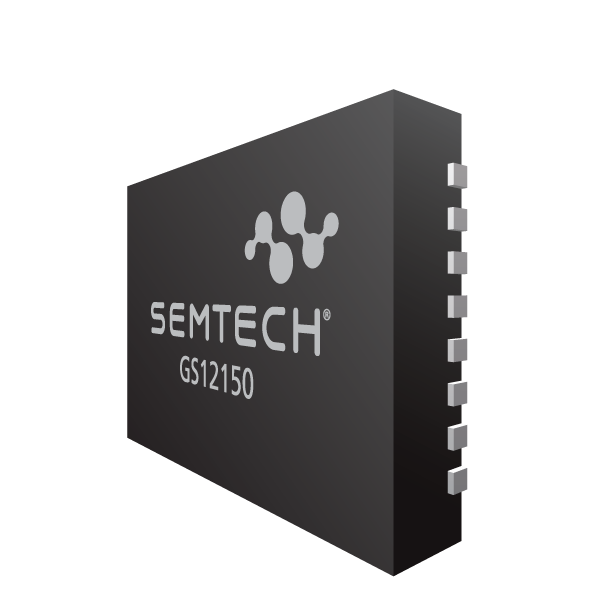
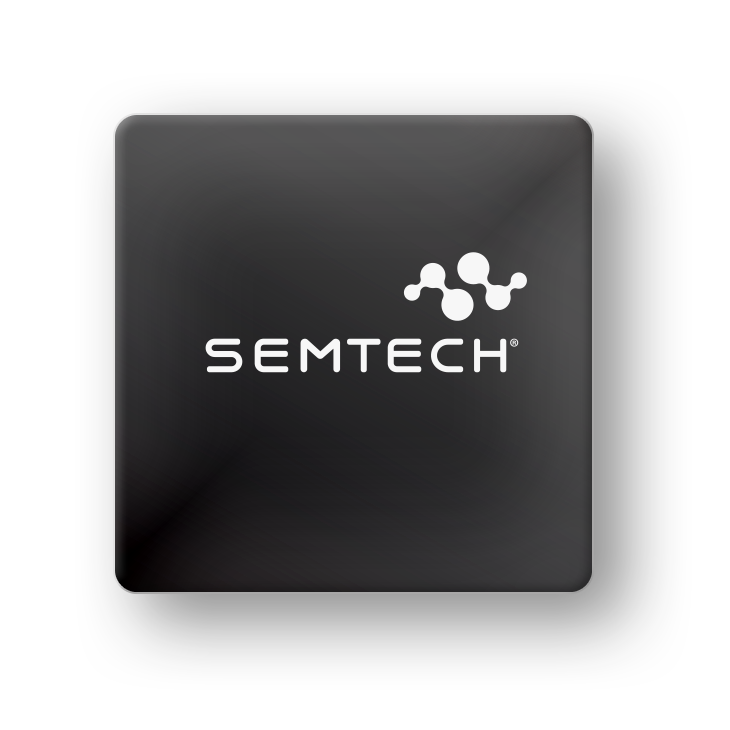

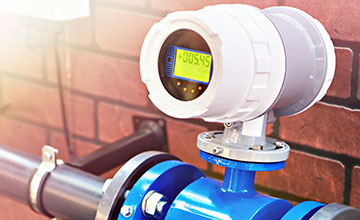

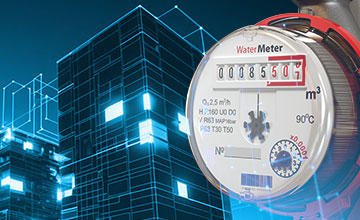







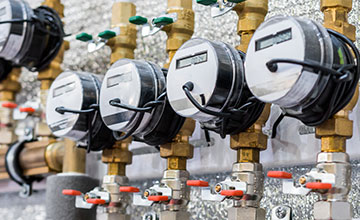


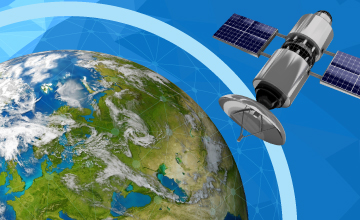

.png)









